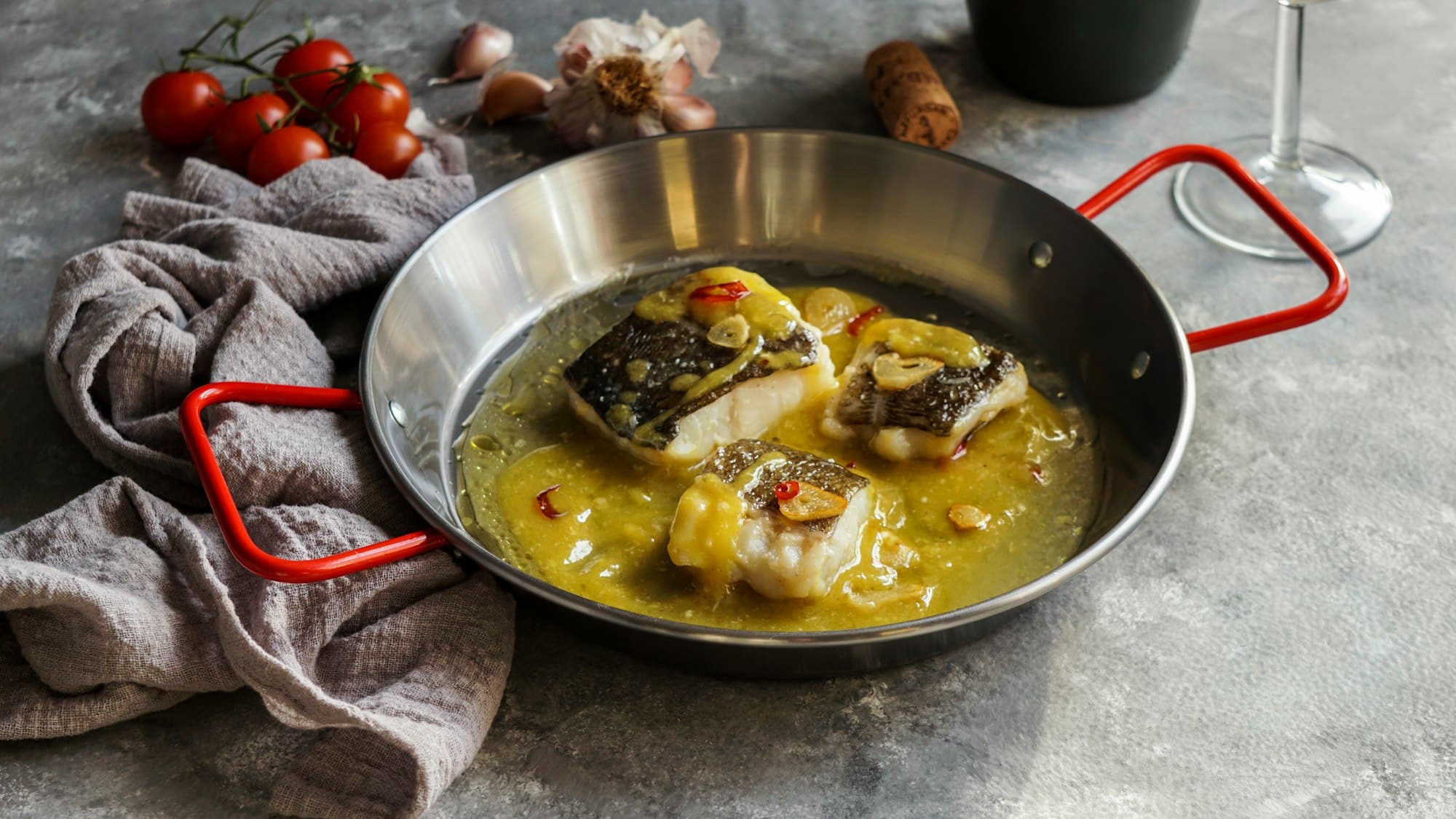What’s the Key to Crafting Perfectly Emulsified Vinaigrettes for Every Salad?

Ah, the humble salad, a classic dish that has graced tables around the globe for centuries. While the ingredients may vary, from crisp lettuce to plump tomatoes, crunchy croutons to tangy olives, there’s one component that ties it all together: the vinaigrette. A good vinaigrette can elevate a salad from mundane to mouthwatering, adding a punch of flavor that complements and enhances the other components. But what’s the secret to crafting perfectly emulsified vinaigrettes? Fear not, for we’re about to delve into the art of emulsion and share all the tips and tricks we’ve gleaned over the years.
The Science Behind Emulsifying Vinaigrettes
First things first, we need to understand what an emulsion is. In the world of culinary science, an emulsion is a mixture of two liquids that don’t usually mix well, such as oil and vinegar. It’s achieved by slowly adding one ingredient to the other while rapidly mixing, creating a stable, uniform mixture. The key to a perfectly emulsified vinaigrette lies in this process.
In parallel : How Can Sous Vide Cooking Transform Your Home-Cooked Seafood Dishes?
In the case of vinaigrettes, the oil is dispersed in tiny droplets throughout the vinegar, creating a thick, creamy consistency. This not only enhances the flavor but also ensures that the dressing clings to every leaf of your salad, delivering a burst of taste with each bite.
The trick to achieving this lies in the agitation – you need to mix vigorously and consistently. You can do this either by whisking by hand or by using a food processor or blender. Just remember to add the oil slowly, as this will help to maintain the emulsion.
Topic to read : How to Create Complex Flavor Profiles in Vegan Dishes Using Umami-Rich Ingredients?
Choosing the Right Ingredients
Now, on to the ingredients. The oil and vinegar are the stars of the show, and choosing the right ones can make all the difference. For the oil, you’ll want something that’s light and flavorful. Olive oil is a classic choice, thanks to its rich, fruity notes, while grapeseed oil has a more neutral taste that lets the vinegar shine.
As for the vinegar, it’s all about personal preference. Red wine vinegar lends a robust, tangy flavor, white wine vinegar is more mellow, and apple cider vinegar has a sweet, fruity tang. Balsamic vinegar is also a popular choice, with its sweet, syrupy richness.
Don’t forget about the emulsifier, the ingredient that helps the oil and vinegar come together. Mustard is a popular choice, not just because it aids in emulsification, but also because it adds a lovely zing to the vinaigrette. Honey and egg yolks are other options, each bringing their own unique flavors to the mix.
The Art of Balancing Flavors
Creating the perfect vinaigrette isn’t just about the technical aspects, it’s also about balancing flavors. The traditional ratio of oil to vinegar is 3:1, but this isn’t set in stone. If you prefer a tangier dressing, you might choose to use equal parts of oil and vinegar.
Salt and pepper are essentials, of course, but don’t be afraid to branch out and experiment with other flavors. A dash of garlic or shallots can add depth, while a sprinkle of fresh herbs like parsley or thyme can bring a touch of brightness. Even something as simple as a drop of lemon juice can make a world of difference.
Remember to always taste your vinaigrette as you go, adjusting the levels of salt, pepper, and other seasonings until you’re satisfied with the flavor.
Storing and Using Your Vinaigrette
Once your vinaigrette is beautifully emulsified, it’s ready to be drizzled over your salad and enjoyed. But if you’ve made a large batch and have some left over, you might be wondering how to store it and how long it will last.
Vinaigrettes can be stored in the refrigerator for up to a week, but you’ll need to give it a good shake before using, as the oil and vinegar might separate. If your vinaigrette thickens up in the fridge, don’t panic – it’s just the oil solidifying. A few minutes at room temperature should return it to its liquid state.
Enhancing Your Salads with Vinaigrette Variations
Perhaps one of the most exciting things about crafting vinaigrettes is the endless potential for variation. By adjusting the types of oil, vinegar, and emulsifier you use, as well as the addition of other flavorings, you can create a whole spectrum of vinaigrettes to complement any salad.
For instance, a Greek salad might be best served with a vinaigrette of olive oil, red wine vinegar, and a touch of Dijon mustard, while a fruity salad with slices of pear or apple might pair well with a vinaigrette using walnut oil and apple cider vinegar.
The possibilities are truly endless, and with these tips and tricks up your sleeve, you’re well on your way to crafting perfectly emulsified vinaigrettes for every salad. Happy mixing!
Mastering the Emulsification Process
In order to master the art of making vinaigrettes, it’s crucial to understand the process of emulsification and its importance. As we discussed earlier, an emulsion is a mixture of two liquids that don’t usually mix well, such as oil and vinegar. The process of emulsifying involves slowly adding one ingredient to the other while rapidly stirring, resulting in a stable, unified mixture.
The emulsification process gives the vinaigrette its characteristic thick, creamy consistency which is key for the dressing to stick to every leaf of your salad. A perfectly emulsified vinaigrette ensures that the flavor is uniform and distributed evenly throughout the salad.
The secret to the perfect emulsion lies in vigorous and consistent stirring. This can be done either by whisking manually or by using a food processor or a blender. However, the speed at which you add the oil is crucial as adding it too quickly can break the emulsion. When this happens, the oil and vinegar will separate, leaving your vinaigrette thin and runny. The best technique is to start with the vinegar and gradually add the oil, whisking constantly to maintain the emulsion.
Conclusion: Embrace the Art of Vinaigrette Making
Crafting perfectly emulsified vinaigrettes for every salad goes beyond merely following a recipe. It’s about understanding the science behind emulsification, choosing the right ingredients, and striking a balance between flavors. It’s also about being patient and meticulous in the emulsification process, ensuring that the oil and vinegar merge into a harmonious blend.
The beauty of making vinaigrettes is also in the endless room for creativity it provides. By experimenting with different types of oils, vinegars, emulsifiers, and flavorings, you can create a unique vinaigrette that complements each salad you prepare. So, don’t be afraid to venture away from the classical 3:1 oil-to-vinegar ratio and explore different flavor profiles.
In conclusion, the key to crafting perfectly emulsified vinaigrettes is a blend of science, choice of quality ingredients, flavor balancing, and a little bit of practice. Once you master these elements, you are sure to dazzle your guests with delicious, mouthwatering salads every time. So, pick up that whisk and start experimenting, after all, as the saying goes, "The discovery of a new dish does more for human happiness than the discovery of a new star." Happy vinaigrette making!
